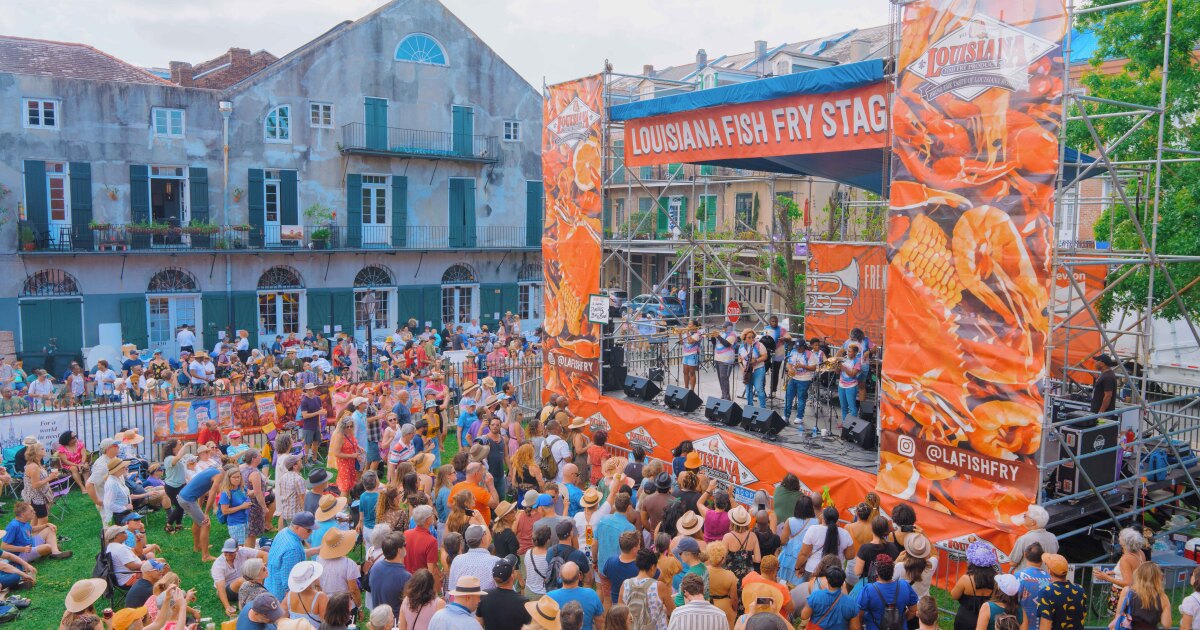EDINBURGH, Scotland — The Edinburgh Festival Fringe, renowned as one of the largest arts festivals in the world, has a storied history dating back to 1947. It began when eight uninvited theatre groups staged shows on the edges of the Edinburgh International Festival. Over time, this grassroots event blossomed into a vibrant mixture of performances, where the unconventional thrives.
While the initial vibe was all about alternative and experimental art, the festival is now a hub for emerging talent. Big names like Robin Williams and Lin-Manuel Miranda have graced its stages in the past. The Fringe has certainly produced hits like Fleabag and launched many careers.
However, recent discussions reveal that rising costs are impacting both performers and attendees, which is concerning for many loyal fans. The Fringe sees about 2.5 million tickets sold yearly, but prices are climbing. According to recent data, ticket costs have risen by nearly £2 to £3 ($2.70 to $4) per show, discouraging some visitors from attending as much as they used to.
Liz Holland, a repeat attendee from Yorkshire, expressed her frustration: “I used to see so many shows back-to-back, but now I’m having to be more selective about what I go and see.” Even though most tickets are still affordable compared to Broadway prices, the overall expense can be daunting. Artists, unlike performers in other festivals, bear the costs of their own performances, making it a financial gamble.
Scottish storyteller and comedian Marjolein Robertson highlights that “it’s a high-risk undertaking” to perform at the Fringe. Some artists leave the festival thousands of pounds poorer. The open nature of the Fringe means that anyone can participate, but this also creates a barrier for those who can’t afford the costs associated with performing and attending.
The festival’s popularity drives up local prices, too. As the city’s population doubles during the event, accommodations and transportation become pricier, causing confusion for newcomers. Zainab Johnson, a comedian from Los Angeles, reflected on her experience at the Fringe: “You’re footing the cost of everything,” she said. For her, the festival reminds her of her early days in comedy—a mix of excitement and struggle.
Despite the challenges, many performers still find value in the experience. Robertson shared her own love for the Fringe, reflecting on how it allowed her to improve her craft by performing daily. Yet, she worries it’s becoming less accessible for emerging talents. “The Fringe is now, in many ways, the beast,” she noted, referencing the idea that its spirit might be overshadowed by commercialization.
As the festival continues to grow, it raises questions about its future. Will it remain the welcoming space for creativity and emerging artists that it was always meant to be? Or could it evolve into something else entirely? Only time will tell.
For further insights, read about the festival’s impact on local culture at The Stage.






:quality(70):focal(3858x2369:3868x2379)/cloudfront-us-east-1.images.arcpublishing.com/shawmedia/I3LHCGXG3RB63LSH3J6LVNAJ54.jpg?w=480&resize=480,480&ssl=1)















